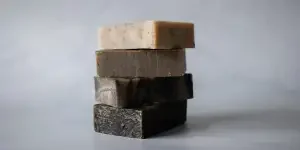To get that premium coffee taste and eliminate a bit of harshness, coffee lovers take it up a notch to brew their coffee to almost perfection with the help of coffee filters. Clearly, coffee filters are essential for avid coffee lovers, as they offer amazing perks that can’t be overemphasized.
Hence, sellers looking to be profitable in 2024 can start selling these coffee filters that make them stand out. This blog will reveal key tips and strategies to boost sales and become successful in the coffee market.
Table of Contents
What’s the state of the coffee filter market?
Why are coffee filters rocking the coffee world?
Major aspects to look at when choosing coffee filters
Rounding up
What’s the state of the coffee filter market?
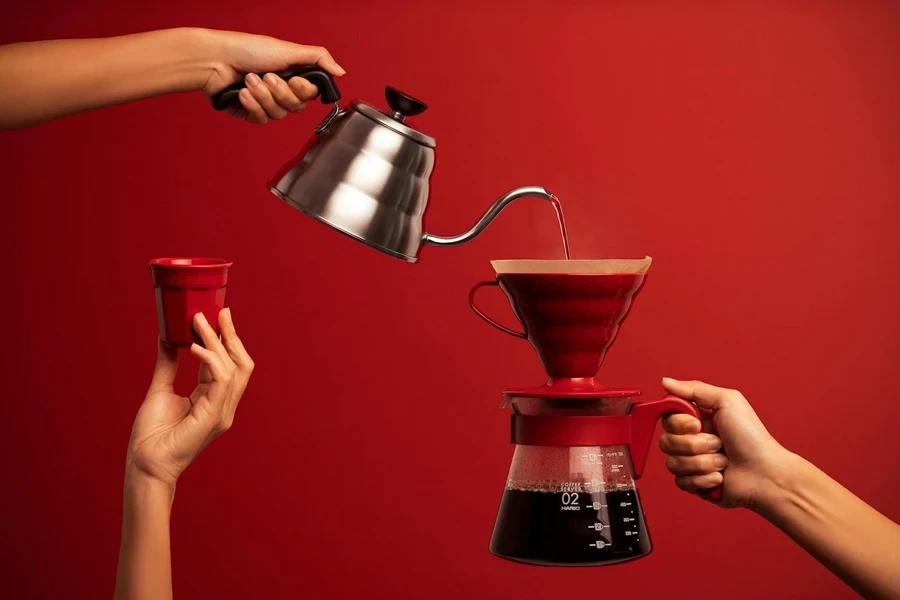
The last few years saw coffee consumption spike globally, with some regions, like Europe and North America, leading the charge. Interestingly, this consumption spike also boosted the demand for coffee filters, helping the market grow to impressive heights. Currently, experts rate the global filter market at US $600 million but expect it to reach US $1 billion by the end of 2033. They predict this growth will happen at a 5.3% compound annual growth rate (CAGR) from 2023 to 2033.
As stated earlier, North America and Europe are the leading regional markets for coffee filters. While Europe is the dominant one with over 38% of the global market share, North America follows closely behind with 20.6%.
Why are coffee filters rocking the coffee world?
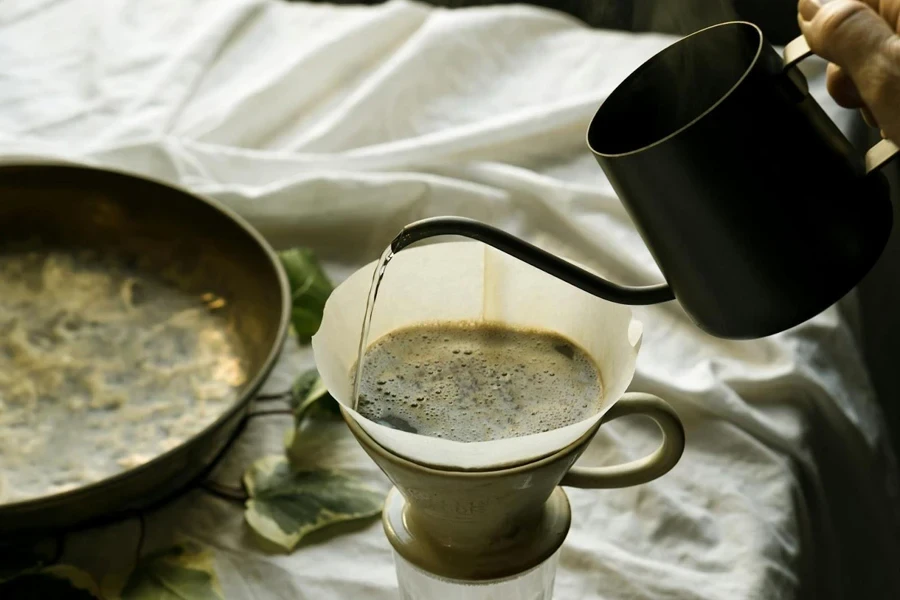
Consumers can’t brew coffee without a filter. These products determine whether consumers will have a smooth, delicious beverage or a bitter, particle-filled one at the end of the brewing process. As their name implies, coffee filters help push the coffee grounds away from the liquid, preventing them from ruining the experience.
But that’s not all that makes these products top dogs in the coffee world. They also increase the convenience of coffee brewing by eliminating the need to remove the grounds or strain them manually—no extra processes, just pour and enjoy. Don’t forget that coffee filters also create a safer brewing experience.
Coffee grounds sometimes contain compounds that may lead to higher cholesterol levels, which means higher chances for heart disease. But coffee eliminates all that by allowing only the liquid to pass through, leaving all those risky compounds behind. Plus, coffee cleaners are easier to clean after brewing!
Major aspects to look at when choosing coffee filters
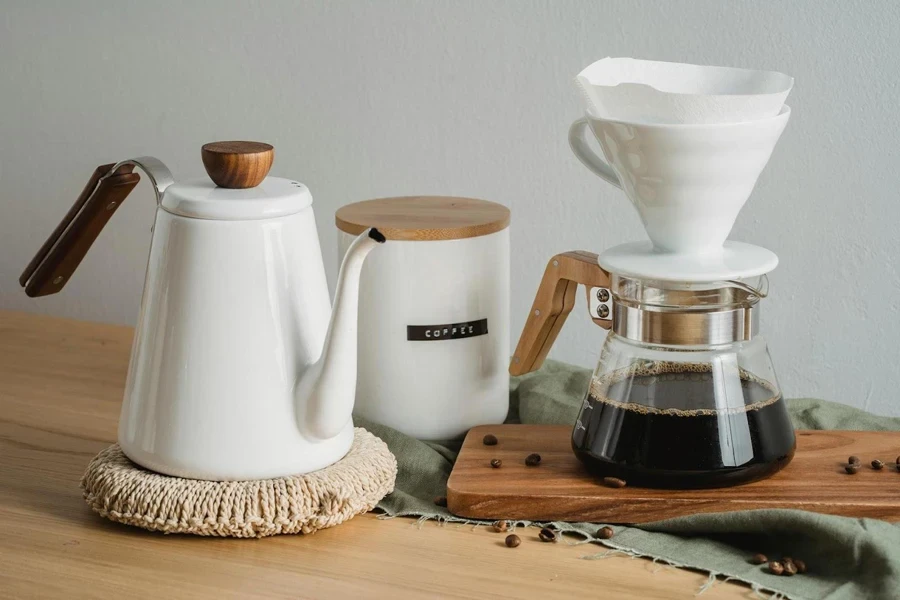
Material
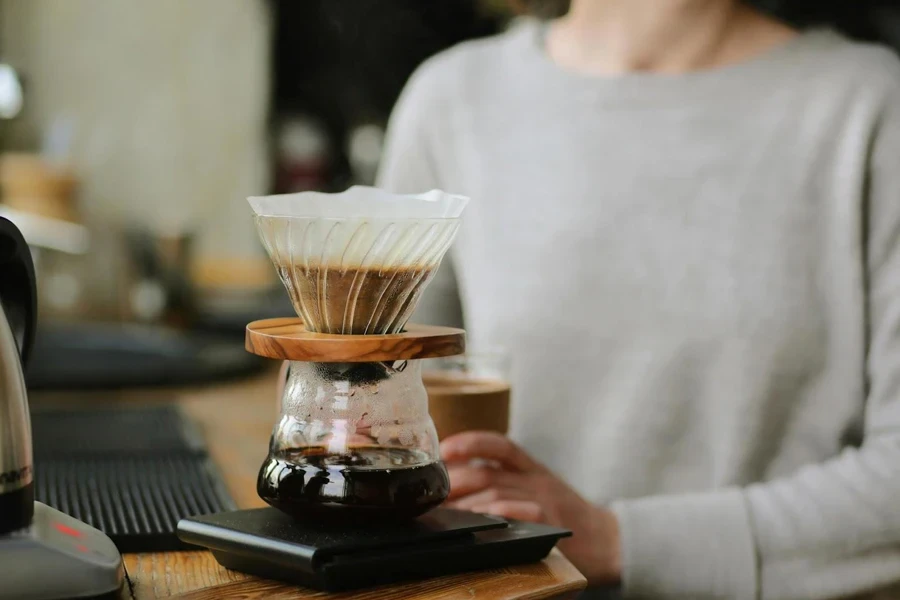
When consumers think of coffee filters, paper may be the first thing that pops up. While paper was the dominant filter type a few years ago, manufacturers now use other materials to create different types of coffee filters. Materials may not change the way these filters work, but they determine the experience consumers will have with their coffee. Keep reading for more information on each option.
Paper coffee filters
These coffee filters were the first to revolutionize the coffee industry in 1908. After their inventor, Melitta Bentz, cobbled together an impressive device to get clearer, ground-free coffee, it quickly became what is known today as paper coffee filters. Despite being a big hit in the 20th century, paper remains one of the most popular materials for making coffee filters in the modern world.
Paper filters are compatible with drip and pour-over coffee machines, making them perfect for home brewers. They also come in a variety of sizes to fit different machines. More importantly, using paper coffee filters often produces a lighter and cleaner brew.
Additionally, paper filters are also the easiest to clean, as consumers can easily throw the coffee grounds and the filter away after use. Paper may also be the healthier way to enjoy a cup of home-brewed coffee, as it won’t let oils get into the drink, dropping the cholesterol level.
Metal coffee filters
Paper filters may be the best way to enjoy a clean cup of coffee, but they have a big problem. Many people don’t like their one-time-use and disposable nature, so manufacturers have developed more reusable metal filters as a better alternative. Typically made from stainless steel, metal coffee filters have fine mesh designs to allow water flow without invading coffee grounds.
However, cleaning metal filters can be tricky, especially when coffee grounds get stuck in the mesh. They also require frequent cleaning after each use to prevent old coffee grounds and oils from ruining the fresh cup. If it’s too much of a hassle, consumers can use cleaning powders to make the process bearable.
Cloth coffee filters
Here’s another reusable option for coffee brewing: cloth filters. Manufacturers make these from cotton or hemp, providing another effective way to stop coffee grounds while allowing some oils to pass for a better flavor. However, cloth coffee filters are less common for a reason. They are significantly harder to maintain than paper or metal, pushing some consumers away from using them. Since they are cloth, consumers must clean them thoroughly to prevent nasty residue and bacteria buildup.
Shape
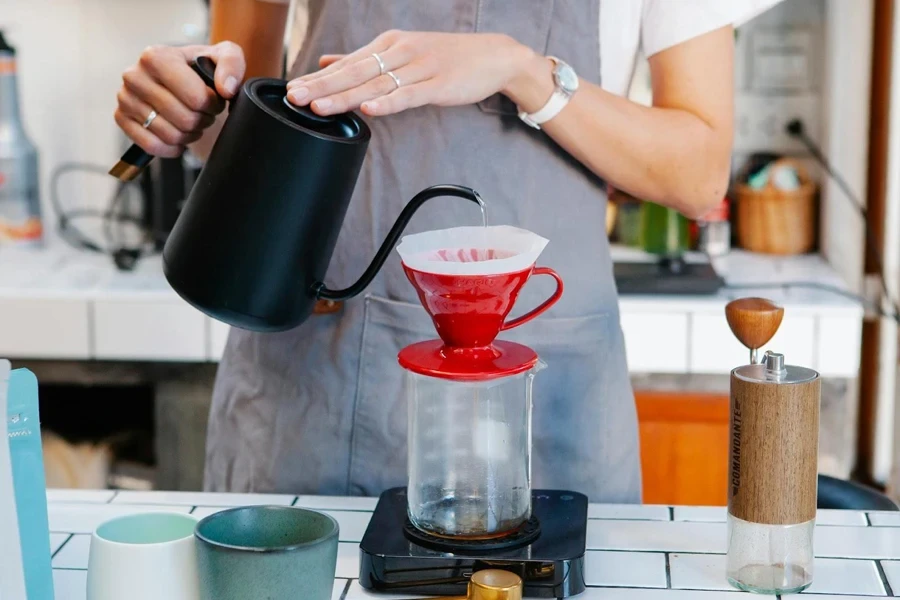
Like coffee filter materials, shape also affects the consumer’s brewing process. It determines the coffee’s flow rate, extraction rate, and overall flavor profile. With that aside, coffee filters can come in different shapes, each offering compatibility with varying methods of brewing. Here is a look at two of the most common types.
Cone-shaped filters
These coffee filters look like inverted triangles. They are ideal for pour-over coffee brewing methods, but manufacturers design them to work with any coffee maker featuring conical filter baskets. The cool thing about cone-shaped filters is their deeper coffee beds, which help create a more concentrated cup.
Cone-shaped filters also offer a slower, more controlled flow rate, encouraging a more flavorful extraction. However, these filters can’t handle large brewing, as their slow flow rate will see them overflowing with too many coffee grounds.
Flat-bottom filters
These filter shapes still have the cone shape, but with a flat bottom. They offer larger surface areas for the coffee to mix with water, creating a more even extraction and a well-balanced flavor. Most brewers go for flat-bottomed filters because they handle large quantities of brew.
Taste and flavor
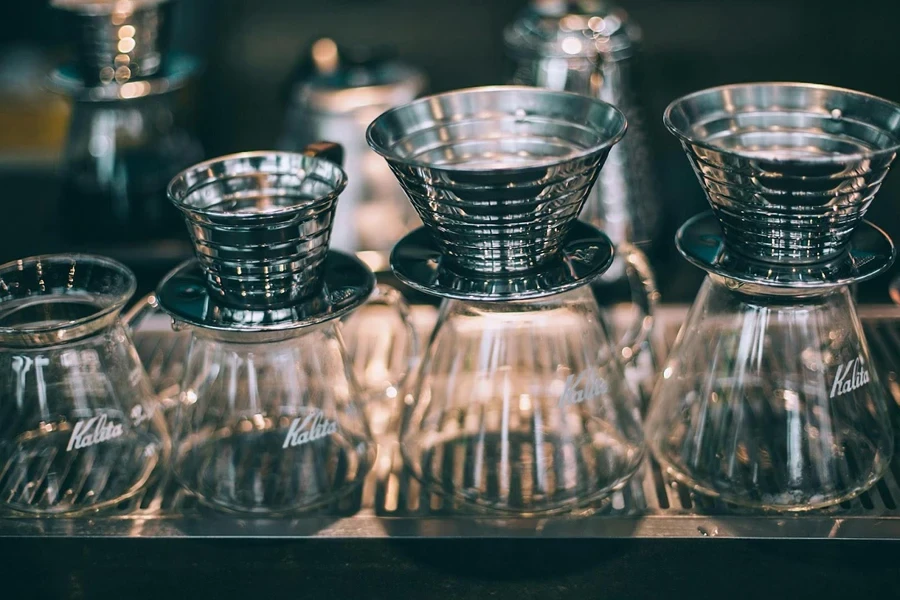
Coffee filters may not differ fundamentally, but the ones consumers choose significantly impact the final taste and flavor. Material is one of the major aspects of taste and flavor, as it determines what elements will be passed through or held back. A good example is paper filters. Paper filters prevent more oils and sediments from entering the final brew, resulting in a lighter and cleaner taste profile.
But that’s only the overall gist, as the true flavor and taste depend on the type of paper. White paper (bleached or processed paper) has a more uniform porosity and texture, meaning it’ll produce a cleaner and brighter cup. However, brown paper filters (unbleached or natural paper) don’t have all that chemical processing to give them a tighter texture and porosity. Instead, this filter offers a more robust flavor profile due to some natural oils passing through.
On the other hand, metal coffee filters are not as strict as paper variants. They won’t let any coffee grounds pass, but those oils and sediments will go through the metallic mesh, giving the cup a richer mouthfeel and aroma. Some coffee enthusiasts love this richer flavor, while others may think it’s too heavy or strong. Lastly, cloth filters offer the perfect balance between paper and metal papers, offering a cleaner look with a richer mouthfeel taste—in truth, many people love cloth filters for this flavor despite being challenging to clean.
Size

Size, especially when combined with shape, also affects the brewing process. Manufacturers make these filters in various sizes to allow consumers to use different brewing methods to achieve their perfect cup of coffee. More importantly, most consumers choose filters depending on their coffee maker’s specifications. Check the table below for more information.
| Filter size | Description | Best suited for |
| #1 | Small, cone-shaped filters | Single-cup pour-over brewers |
| #2 | Medium cone-shaped filters | 2 to 6-cup drip coffee makers |
| #4 | Large cone-shaped filters | 8 to 12 drip coffee makers |
| #6 | Large cone-shaped filters | 10+ cup coffee makers |
| Basket filter | Flat-bottom filter with tall sides | Automatic drip coffee makers |
Rounding up
Coffee filters have been around for a while but haven’t lost their fame or fan base. In fact, the coffee filter market is doing well enough to be considered profitable in 2024. And as long as people brew or buy coffee, these products will never go out of style! They are key to making that perfect cup of smooth and tasty coffee. Ready to cater to the 110,000 people searching for coffee filters? Use this guide to learn how to choose the types consumers will love in 2024.
Stay ahead of the curve with Alibaba Reads’s frequent updates. Subscribe to the home and garden section now, and you won’t miss a beat!

